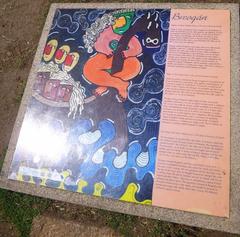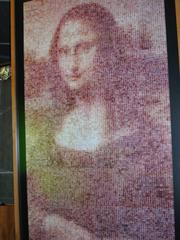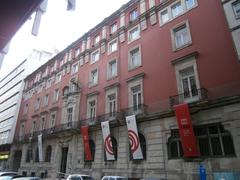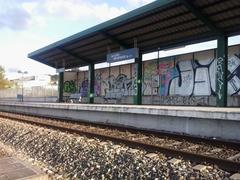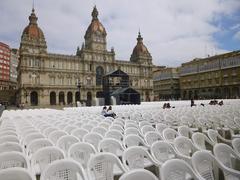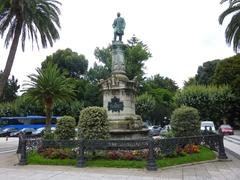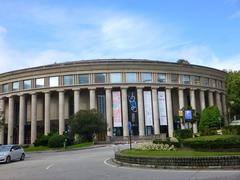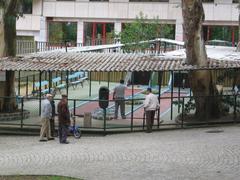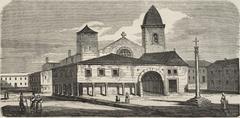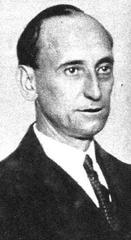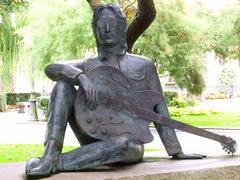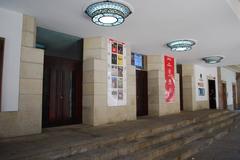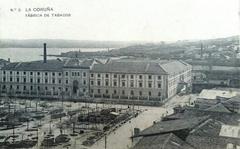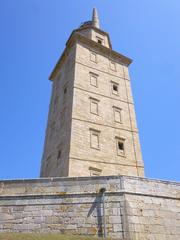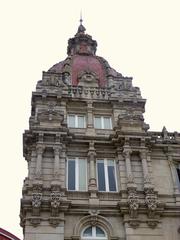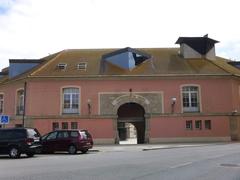
Pazo Cornide Visiting Hours, Tickets, and Guide to A Coruña Historical Sites
Date: 04/07/2025
Introduction
Pazo Cornide (Casa Cornide) is a landmark of Galician baroque architecture and a focal point of A Coruña’s Old Town (Cidade Vella). Built in the 18th century, this palatial residence is celebrated for its elegant pink granite façade, intricate stonework, and deep ties to Galicia’s Enlightenment era. Today, Pazo Cornide is not only prized for its architectural beauty but also as a symbol of Spain’s ongoing debates about historical memory and cultural justice.
Although the interior remains closed to the public due to ongoing legal disputes regarding its private ownership, the exterior can be admired at any time and is often featured on city walking tours. Its proximity to other major attractions, such as the Colegiata de Santa María do Campo and the Tower of Hercules, makes Pazo Cornide a must-see on any visit to A Coruña. This guide provides essential information on historical context, visiting logistics, accessibility, nearby sites, and practical tips for making the most of your trip.
For the latest updates on public access, events, and legal developments, consult the A Coruña Tourism Official Site and local news outlets.
(Casa Cornide - Wikipedia, El Diario, A Coruña Tourism Official Site)
Historical Background
Origins and Early History
Pazo Cornide was commissioned by Diego Cornide Saavedra Becerra, a prominent lawyer, and completed by 1776. The site carries a rich intellectual legacy, as it was the birthplace of José Cornide Saavedra (1734–1803), a key figure in the Galician Enlightenment renowned for his contributions to geography and natural sciences. The original design by military engineer Francisco Llobet reflects the influence of French palatial styles and was constructed with the support of local nobility.
Architectural Features
The façade is a striking example of Galician baroque, with elaborate stone carvings, wrought-iron balconies, and a prominent coat of arms above the main entrance. The building covers over 1,400 square meters and features three floors with a trapezoidal layout. While the interior is not accessible, historical accounts describe grand staircases, high ceilings, and period furnishings that illustrate the lifestyle of Galicia’s 18th-century elite.
20th Century and Political Controversy
After deteriorating in the aftermath of the Spanish Civil War, Pazo Cornide was acquired by the Dirección General de Bellas Artes in the 1940s. In 1962, it was controversially gifted to Carmen Polo, wife of dictator Francisco Franco, making it a potent symbol of Francoist appropriation. Despite legal efforts and public campaigns for its return, the Franco family retains ownership as of 2025, and the building remains closed despite its status as a protected monument (El Diario).
Heritage Status and Civic Activism
In April 2023, Pazo Cornide was declared a Bien de Interés Cultural (BIC), Spain’s highest heritage designation, requiring public access. The Franco family’s ongoing refusal to open the property has resulted in fines from the Xunta de Galicia and intensified local activism. Civic groups and the city council continue to advocate for the manor’s recognition as a “Lugar de Memoria Democrática,” emphasizing its role in Spain’s process of historical reckoning (La Opinión A Coruña, La Voz de Galicia).
Visiting Pazo Cornide: Hours, Tickets, and Accessibility
Location
Pazo Cornide is centrally located on Rúa Damas, within A Coruña’s pedestrian-friendly Old Town. It is a short walk from major landmarks such as the Plaza de María Pita, the Church of Santiago, and the Casa Museo Emilia Pardo Bazán (Spain.info). The main train station is about 2 km away, and the city’s airport is a 15-minute drive.
Visiting Hours and Tickets
- Current Status: Pazo Cornide is closed for interior visits due to private ownership and legal disputes.
- Exterior Viewing: The façade can be admired at any time. Many guided walking tours include Pazo Cornide as a stop for historical commentary.
- Tickets: No tickets are required to view the exterior. Guided tour prices vary by operator.
- Special Events: Occasionally, the site is opened for cultural events or open days. Check with the A Coruña Tourism Office for announcements.
Accessibility
The Old Town’s cobblestone streets can be uneven and narrow, presenting challenges for those with mobility issues. Some local tour companies offer accessible routes—contact them in advance. No dedicated parking is available at Pazo Cornide; the nearest is at Plaza de María Pita.
What to See and Do Nearby
- Colegiata de Santa María do Campo: Romanesque church steps from Pazo Cornide.
- Plaza de María Pita: The city’s main square with lively cafés and the Town Hall.
- Igrexa de Santiago: A key point on the Camino de Santiago’s English Way.
- Casa Museo Emilia Pardo Bazán: Museum dedicated to the famous Galician writer.
- Tower of Hercules: UNESCO-listed Roman lighthouse, about a 20-minute walk away.
- San Carlos Garden: Scenic park with panoramic views and the tomb of Sir John Moore.
Best Times to Visit
A Coruña features a mild Atlantic climate. May through September brings the best weather for exploring the Old Town and taking photos of Pazo Cornide’s façade. Early mornings and late afternoons offer optimal light and fewer crowds (Spain.info).
Practical Tips
- Footwear: Wear comfortable shoes for cobbled streets and occasional inclines.
- Local Cuisine: Sample Galician dishes like empanada and pulpo a la gallega at nearby taverns (makespain.com).
- Language: Spanish and Galician are spoken; English is used in most tourist spots.
- Weather: Bring a light raincoat, as showers are common year-round.
- Respect: Do not attempt to enter the property or disturb residents—photography of the exterior is permitted.
Events and Ongoing Campaigns
The future of Pazo Cornide is a matter of public debate, with ongoing efforts to secure its opening and conversion into a museum or cultural center (La Voz de Galicia). For the latest, check local news or the city’s tourism office.
Frequently Asked Questions (FAQ)
Q: Can I visit inside Pazo Cornide?
A: No, the interior is closed to the public due to ongoing legal and ownership issues.
Q: Are tickets required?
A: No tickets are needed to view the exterior. Guided tour fees may apply.
Q: Is the area accessible for visitors with disabilities?
A: The Old Town’s cobblestones can be challenging, but some tours offer accessible options.
Q: What are the best months to visit?
A: May through September, especially mornings or late afternoons.
Q: Where can I get updates on opening or events?
A: A Coruña Tourism Official Site and local news sources.
Visuals and Interactive Resources
Responsible Tourism
Respect the site’s private status and its role in Spain’s complex historical memory. Support local guides and cultural organizations that contribute to the preservation of A Coruña’s heritage (Viajando con Pío).
Summary and Visitor Recommendations
Pazo Cornide is a testament to A Coruña’s rich architectural and cultural heritage, reflecting both the artistic achievements of the Galician Enlightenment and the region’s ongoing journey toward historical justice. Although interior access is not possible, its impressive façade and central location make it a highlight of any visit to the Old Town. Combine your stop with nearby attractions, enjoy local cuisine, and stay informed on civic initiatives advocating for public access.
For guided tours, exclusive content, and the latest updates, download the Audiala app and follow us on social media.
Sources and Further Reading
- Casa Cornide - Wikipedia (Galician)
- Casa Cornide Historical Overview - El Diario
- A Coruña Tourism Official Site
- La Opinión A Coruña
- La Voz de Galicia
- Eldiario.es
- Viajando con Pío
- Spain.info
- Brogan Abroad
- makespain.com





